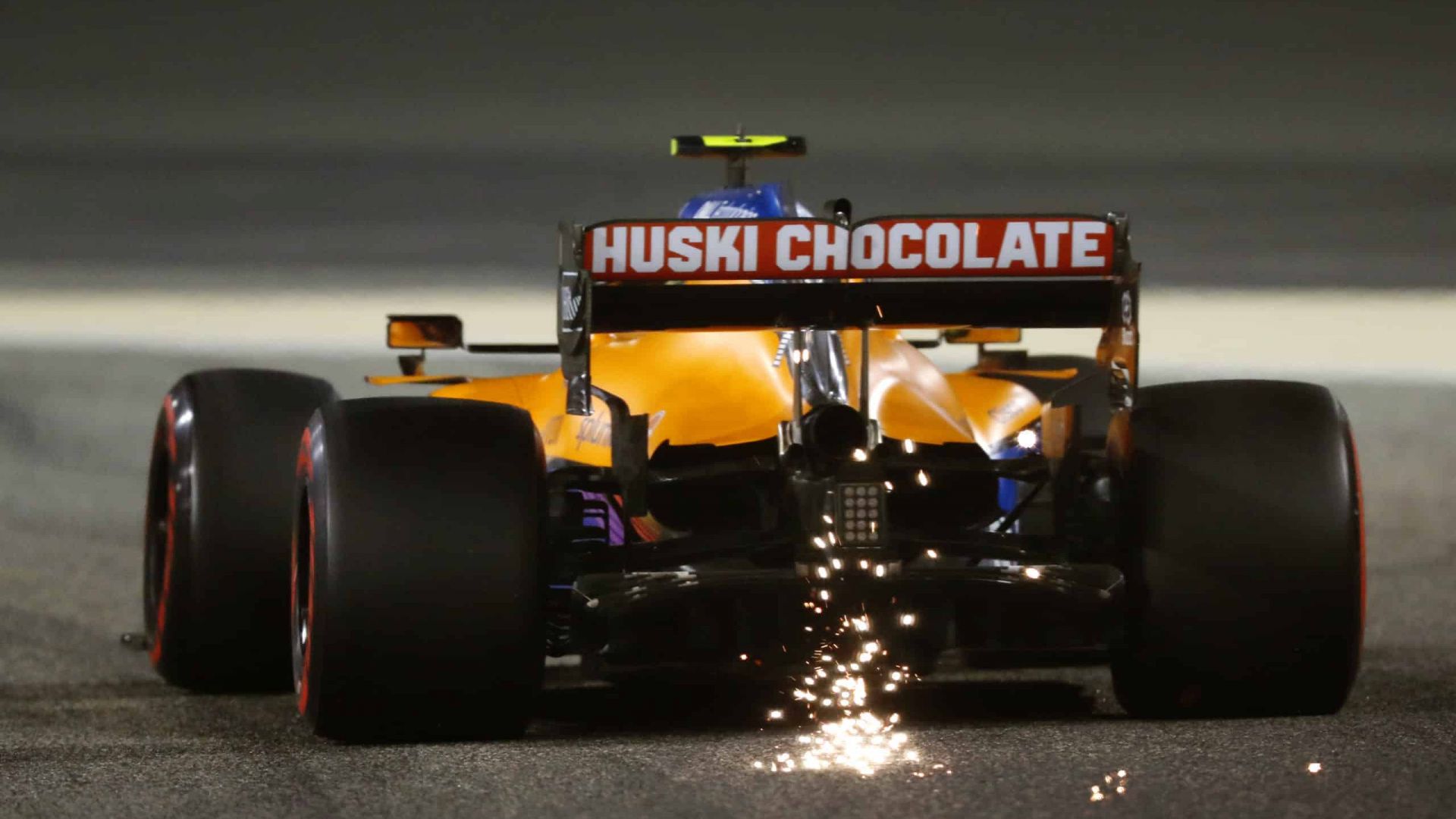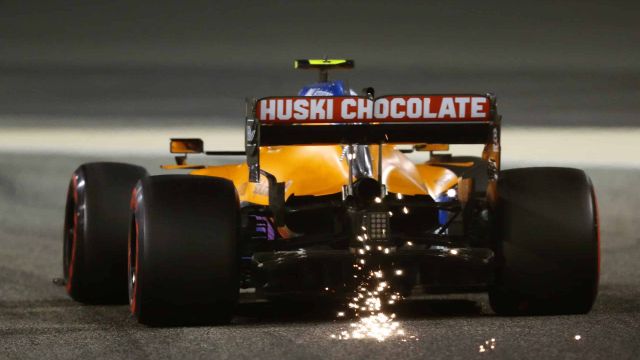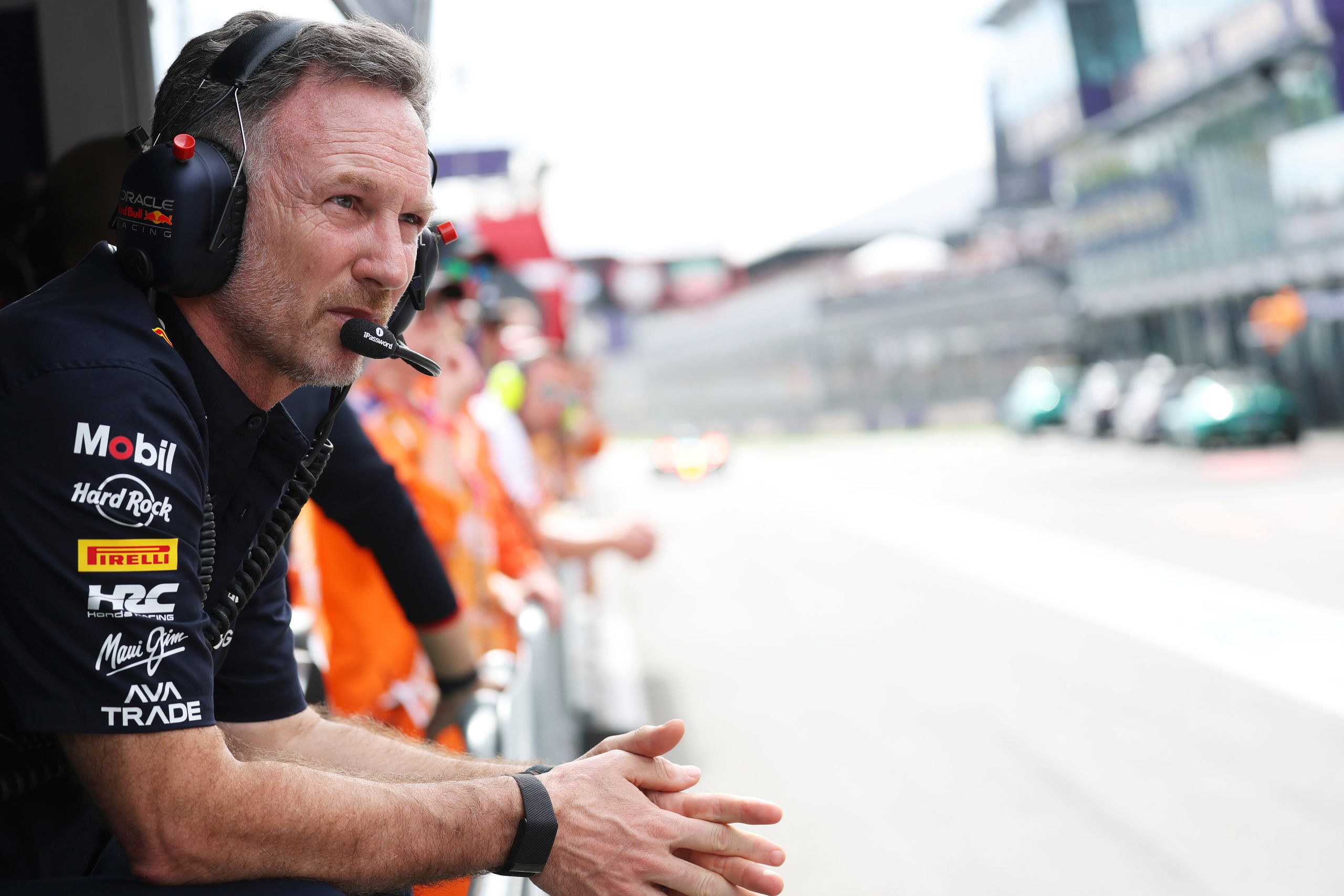How Do Formula 1 Rear Wings Work?


Formula 1 rear wings are crucial aerodynamic components that generate downforce, improving traction and cornering performance. These wings, mounted on the rear of the car, feature a main plane and a smaller flap, which work together to redirect airflow upwards, creating a pressure difference between the upper and lower surfaces. This pressure difference results in a downward force that pushes the car onto the track, enhancing grip and stability, especially in high-speed turns. The design, angle, and position of the rear wing can be adjusted to optimize downforce levels for specific track conditions and driver preferences.
What does the rear wing do in F1?
The rear wing in Formula 1 serves multiple purposes, primarily focused on aerodynamic performance. Its main function is to generate downforce, which is a downward force that pushes the car onto the track, increasing tire grip and enabling faster cornering speeds. The rear wing creates downward force to press the drive tires into the pavement. It also stabilizes the rear suspension.
However, the rear wing also contributes to the car’s overall drag, which can affect straight-line speed. Generally, higher downforce wings will produce more drag, slowing the car in a straight line, so if you’re at a track with lots of straights, you’ll see the teams running much smaller rear wings to reduce drag and increase top speed.
Additionally, the rear wing plays a role in balancing the car’s aerodynamics, working in conjunction with the front wing and other aerodynamic components to maintain stability and optimize performance. Teams fine-tune the rear wing’s angle, shape, and size to suit specific track layouts and weather conditions.
Why do Formula 1 cars have wings?
Wings play an important role in keeping the cars firmly on the ground. The speeds of 360 km/h plus that cars sometimes attain or exceed is enough for them to take off in the air.
Unlike aeroplanes, the car is meant to race on a tarmac or the ground. Planes are fitted with aerofoils which help them take off the ground at an optimum speed. Cars on the other hand attain similar speed to planes of like weight. There is every likelihood that cars will hover off the ground, if not take off, and the driver will lose control of the car. The result will be catastrophic.
The wings of a car are in fact aerofoils fitted inverted to that of those on a plane. The purpose of these aerofoils is to produce a downforce several times the weight of the car. This helps the car to firmly remain on the tarmac. As a result, the car tyres get a good grip on the tarmac and the car does not skid on turns. The diver can thus manoeuvre the car.
The front wing of a Formula 1 car contributes 40 per cent of the downforce of the car. They are responsible for directing the vortex of air towards the floorboards of the car. The front wing being the first component of the car striking the air, also streamlines the rest of the air. It directs some of the air towards the side pods that help cool an air-cooled engine. The rest of the air is directed so that it creates less drag on the car.
The rear wing of the car has a smaller curvature than the aerofoils in the front wing and is located high above the car. These wings have plates on either side and generate a downforce which contributes up to 20 per cent of the total. This downforce helps to stabilise the car at the rear ensuring that the car’s rear end does not skid on turns.
How is the Formula 1 rear wing constructed?
The rear wing is among the most regulated aerodynamic devices of a Formula One car. Not only are there limits on the number of aerofoils on the wing, but its width, geometry and flexibility are also regulated. The contour of an aerofoil on the rear wing of a car will depend on the track. Teams will have track specific rear wings depending on how much downforce is required on a particular track.
The FIA allows a span of 101cm for the rear wing and an additional 5cm for each of the endplates. The end of the rear wings is designed and finished within these 5 cms on either side. The rear wing as a whole has to be 35cm in front of the rear tip of the car and have to be 22 or less cm deep. Then the team has to consider the flexibility of the wing.
The dimensions permitted allow the teams to play with the downforce generated by the rear wing. The angle at which the aerofoil is aligned is called the angle of attack and will usually be track specific. The distance between the leading and the trailing edges is called a chord. Altering any or all of these parameters will change the downforce generated from the maximum to the minimum.
But with any redirection of air, there is a price to pay. It is called drag. Drag is the retarding force that the air produces on a moving object. Most of the drag is on the wings because they seek to redirect the air and produce downforce. Though the downforce generated by the rear win helps in improving cornering speeds, the drag slows the car on the faster straights.
What are the dots on the rear wings of F1?
The dots on the rear wings of Formula 1 cars are part of a monitoring system introduced by the FIA (Fédération Internationale de l’Automobile) to detect and measure the flexing of rear wings at high speeds. They were introduced after last year’s allegations about flexing rear wings at high speeds. They’re applied by FIA to measure/detect movement of the wing.
All cars are to be fitted out with a series of yellow dot stickers on their rear wings, which will allow for easier monitoring of the flex on the wings. The FIA mandates strict regulations on the flexibility of rear wings to ensure fair competition and prevent teams from gaining an unfair advantage through excessive wing flexing.
Coloured dots have been added to the rear wings which will give the FIA a reference point to monitor how much they move.By tracking the movement of these dots during races, the FIA can identify if any teams are violating the regulations and take appropriate action. [The FIA has introduced a new system for monitoring rear wing deflection this weekend using dot-shaped stickers positioned on the cars’ bodywork.
How do Formula 1 teams counter drag?
The downforce generated by the rear wings helps the car improve speeds while cornering. But the driver will have to pay for it on the long straights. The speed of a car at the end of a straight will depend on the profile and the angle of attack of the rear wing. The teams have to strike a very fine balance between cornering speeds and speeds on straight to achieve better lap times.
The drag due to rear wings is induced due to the vortices created by the wing ends. There are ways to reduce the drag and one of the options is to reduce the line of attack and reduce the chord. This results in less drag but that also reduces the downforce that the wing produces. It also reduces the area for mounting or accommodating the DRS pod.
Another approach is to reduce the chord towards the end of the tips of the wing while reducing the angle of attack. This results in reducing the power of the tip vortices. This in turn reduces the drag on the car. The use of the spoon wing is another way that teams use to minimise the drag induced by the rear wing.
A spoon wing is constructed of two spoon-shaped wings one on top of the other. A spoon wing reduces the direction of attack. The downforce distribution along a spoon wing is elliptical in nature. While the downforce is the maximum at the centre of the wing it reduces towards the ends of the span. Spoon wings are generally used on tracks demanding less downforce.
As the spoon wing induces lesser downforce towards the wingtips, the overall downforce produced by the wings also reduces. That is why spoon rear wings are used on tracks where a compromise can be achieved between drag and downforce. A spoon rear wing would be unsuitable for tracks like Monaco where maximum downforce is needed.
What are adjustable rear wings?
With the change in regulations in 2011, the adjustable rear wing made its appearance in Formula One. The adjustable front wing made an exit but it also meant that the driver of an F1 car had more control on the downforce vis-a-vis drag. This made the sport more competitive and created more overtaking opportunities. Formula One became entertaining and enjoyable for the fans.
When the angle of attack of the front wing is changed it alters the balance of the car. But any change in the angle of the attack made little difference to the drag induced by the front wing. The overall speed of the car remained unaffected on either the turns or the longer straights. Thus an adjustable front wing did not create overtaking opportunities.
However, changing the angle of attack of the rear win even slightly affect the magnitude of the induced drag. If drivers use the adjustable rear wing judiciously, they can take full advantage of the reduced drag on the longer straights. This increases the speed of the car. At slower speeds on sharper turns, the cars need more downforce and the angle of attack of the rear wings can be adjusted accordingly.
Now if all the drivers reduced the rear wing angle to the minimum, all the cars would go equally fast. But regulations stipulate that cars can alter the angle of attack on their rear wings at any time only in practice and in qualifying. This can be done as often as the driver pleases to push the car to its limit on a given track. The FIA however has regulations on altering the angle of attack of the wings during a race.
When in a race, a chasing car is only allowed to alter the angle of the wings when the car is within one second of overtaking the leading car. So, if a driver of chasing car comes within one second of the car he is chasing, he can reduce the angle of the wings. This will reduce the drag on the car and provide the driver with more speed and an opportunity to overtake.
The defending driver cannot alter the angle of the wings on his car in order to prevent overtaking. The angle may not be altered for the first two laps of the race, after a race restart or when the safety car is deployed. The alteration may also not be done on tracks when the track is deemed dangerous by the race director.
The angle of the wings can also be altered in the DRS zones of a track. All these alterations are monitored electronically during a race by the FIA. A light enabled by the FIA sensors will let the driver know when he is eligible to alter the angle of his wings. Any driver breaching the regulations is penalised by the FIA.
The FIA surmises that cars can reduce drag by up to 12 per cent by altering the angle of attack of the rear wings.
What was the first F1 car to have a rear wing?
The first Formula 1 car to feature a rear wing was the Ferrari 312/67 driven by Chris Amon at the 1968 Belgian Grand Prix. Ferrari’s Mauro Forghieri designed a rear wing that was bolted to the Ferrari 312/67 of Chris Amon.
This was the first race where wings were used on an F1 car. Ferrari added wings to their lead driver Chris Amon’s car and he nabbed pole. The introduction of the rear wing marked a significant milestone in Formula 1 aerodynamics, as teams began to understand the importance of downforce in improving car performance.
Brabham and Ferrari were the first F1 teams to use wings. They were first used at the 1968 Belgium GP. Although Amon secured pole position with the new rear wing, he retired from the race due to a fuel pump failure. Nevertheless, the potential of aerodynamic wings in Formula 1 was clearly demonstrated, and other teams quickly followed suit in implementing their own wing designs.
How much is an F1 rear wing?
The cost of an F1 rear wing can vary depending on the team and the specific design, but it is generally quite expensive due to the advanced materials, engineering, and development involved.
Rear wings can cost between $77,000 and $136,000 per unit. This high cost is attributed to the complex aerodynamic design, lightweight composite materials, and the need for each wing to be tailored to specific track conditions.
Teams often change the design of their wings after every race, depending on the requirement of the track, and costs roughly around $85,000-$150,000. The frequent updates and modifications to rear wing designs further contribute to the overall costs for Formula 1 teams.
It’s important to note that these figures only represent the cost of a single rear wing assembly. Throughout a season, teams will use multiple rear wing configurations and replacements, which can significantly increase the total expenditure on this crucial aerodynamic component.





